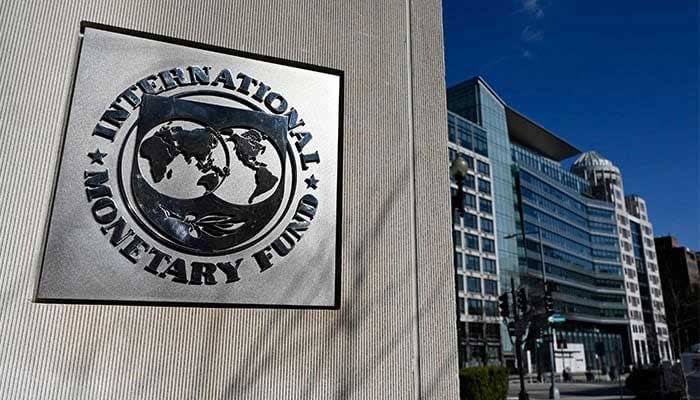The Centre on International Migration, Remittances and Diaspora (CIMRAD) was established in 2014 by the Lahore School of Economics and is the first institute of its kind in Pakistan. The Centre specializes in the study and analysis of international migration and its social and economic consequences –with a focus on the diaspora and the flow of remittances.
According to the estimates of the United Nations in 2013, there were 232 million international migrants. Between the years 1990 and 2013, the number of international migrants increased by more than 50% (an increase of 77 million migrants), with most of this growth having occurred between 2000 and 2010. Pakistan is a net emigration country and is listed amongst the top five net emigration countries in the world. Total remittances to developing countries are estimated at US $405 billion in 2013, outweigh the total development assistance and in fact are much greater than foreign direct investment to developing countries (excluding China.) In view of their increasing importance, it is vital to identify and suggest policy measures aimed at maximizing these inflows through official channels and make best use of them for economic development. According to the World Bank, international migrants from developing countries are expected to send an estimated US $436billion to their home countries in 2014. Pakistan received an amount of $15 billion as remittances in the year 2013 which are equivalent to over 6% of its GDP in 2013. These were contributed by the strong and dispersed Pakistani diaspora, estimated to be 7 million according to the Government of Pakistan but may well be much higher. The Pakistani diaspora increases the demand for Pakistani goods worldwide—from exports ranging from basic local fruits to high end clothing brands to media content. While remittances can be beneficial to a country, international migrants can create a loss of skilled labor for their home country. For their host countries, migrants can create cultural tensions or face labor exploitation. These complex social, economic, and cultural issues will all be explored through the lens of CIMRAD’s research.





